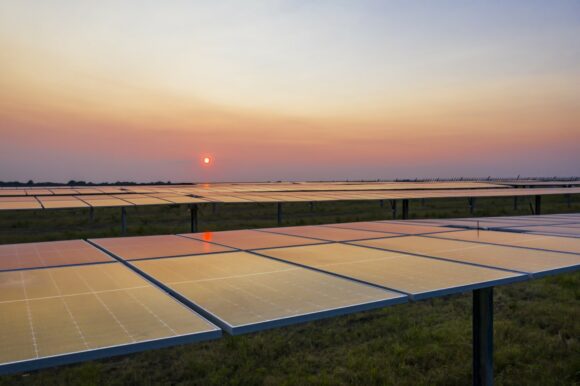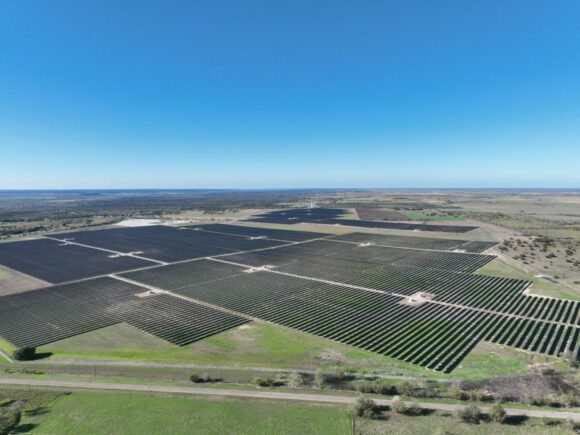Amazon to Flip the Switch on Massive Wind Project in North Carolina
Wind generates about 5 percent of U.S. electricity, but that figure is steadily rising. In fact, at 41 percent, wind power was the largest source of new electricity production in 2015. None of that, however, came out of the Southeast. The region imports 3.8 gigawatts of wind energy from the Midwest (enough to power 10 million homes for as little as 1.8 cents per kilowatt-hour), but wind farms themselves, similar to solar, have almost no penetration here.
“Wind is so new in the Southeast; I think there has been a fear of the unknown,” said Katharine Kollins, president of Southeastern Wind Coalition. “Having the Avangrid project up and running will be important for people to see wind farms firsthand and up close.”
Except for the occasional hurricane, the South isn’t known to be particularly windy—at least not compared with Plains states like Iowa, where the wind accounts for nearly a third of total electricity generation. But great potential exists in this void and with new turbine technology, some southern states are getting ready to tap into it.
“The biggest change in the industry has been turbine advancements,” said Simon Mahan, director of the Southern Wind Energy Association, an industry organization. Taller turbines, like those at Avangrid’s Amazon Wind Farm, can reach higher, stronger winds, and longer blades are able to harness gentler breezes. “This is opening the South as the next frontier for wind energy,” Mahan noted.
Indeed, wind turbines have gone through a growth spurt. Since the 1990s, hub height has risen from 45 to 300 feet, which is as tall as the Statue of Liberty. And blades now extend more than 180 feet in length.
In addition to technology, improvements in energy policy, such as renewable energy standards and the federal Production Tax Credit, have enabled wind’s price tag to plummet 90 percent over the past 25 years, making it more alluring in the competitive energy market.
According to a 2015 report by the U.S. Department of Energy, the Southeast could become the Most Improved Player in coming years, particularly as the national energy mix continues to change. “If I’m thinking realistic numbers, the Southeast could easily support a few gigawatts of wind,” Kollins said.
Related Posts

Monarch Private Capital and Invenergy Close Nearly $170 Million Tax Equity Financing for Samson Solar Energy Center II
Sep 16, 2024
The 200-megawatt facility in Texas will be capable of powering more than 40,000 homes ATLANTA (GLOBE NEWSWIRE) – Monarch Private Capital (Monarch), a nationally recognized impact investment firm that develops, […]

Monarch Private Capital and Elawan Energy Announce Substantial Completion of Two Renewable Energy Projects
Apr 23, 2024
Monarch Private Capital, a nationally recognized impact investment firm that develops, finances, and manages a diversified portfolio of projects generating both federal and state tax credits, and Elawan Energy, a […]

TIME: The Clean Energy Tax Debate Will Shape America’s Economic Future
May 16, 2025
by Justin Worland As Republicans look to broker a sweeping budget deal, top GOP leadership in the House of Representatives unveiled a series of cuts this week to the provisions […]